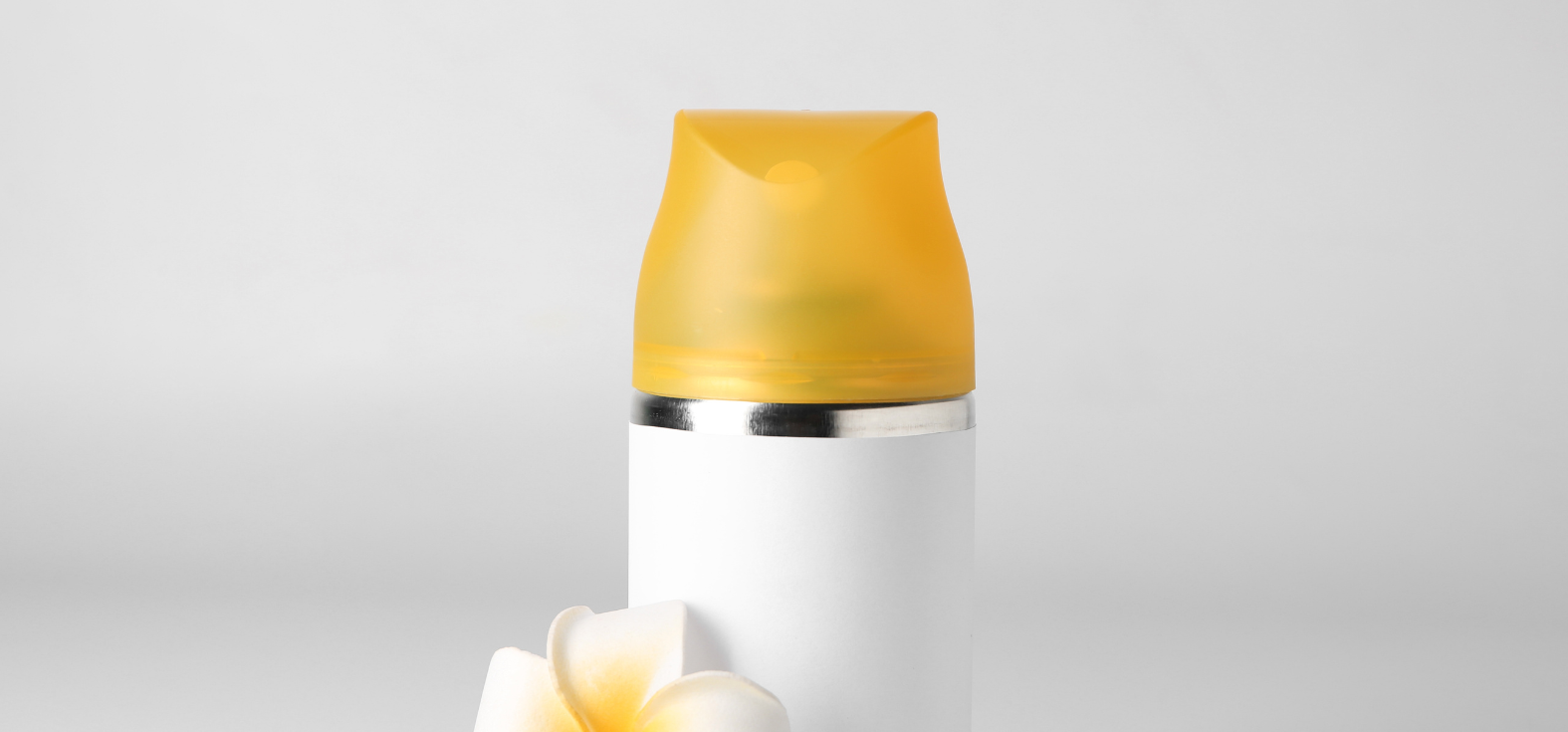Among the many details of running a healthcare facility, choices about air fresheners need to be carefully considered. The smell environment of a medical facility significantly impacts how visitors, employees, and patients feel. Through a review of the potential disadvantages and freshness they offer, this blog explores the complex issues surrounding the usage of air fresheners in medical institutions.

The Advantages of Air Fresheners in Medical Facilities: The Promise of Freshness
- Odour Reduction:
The main attraction of air fresheners in hospitals is their ability to eliminate and prevent unpleasant smells. Healthcare settings frequently deal with various odours, including biological odours and those from antiseptics and drugs. Air fresheners strategically placed throughout these areas have the potential to make them seem more comfortable and more pleasant, which will promote healing.
- Improving the Patient’s Experience :
Beyond medical care, a hospital’s general atmosphere significantly impacts patients’ feelings about their stay. Air fresheners can create a more soothing and comforting atmosphere when used carefully. Improving the patient experience can have a favourable effect on the healing process, lowering stress and anxiety.
- Staff Happiness and Efficiency:
A welcoming and encouraging environment is necessary due to the complex nature of the healthcare industry. An environment with a pleasing aroma can improve the mood of medical personnel, which may lead to higher output and more job satisfaction. It is impossible to overestimate the psychological benefits of a cleaning-hygiene, comfortable work environment for employees, which enhances the overall good work environment.
Navigating the Fragrance Minefield: Challenges Posed by Air Fresheners in Medical Settings:
- Environmental Sensitivities:
The possible health effects of the chemicals found in air fresheners are a significant worry when it comes to their use in healthcare facilities. Synthetic chemicals used in many commercial air fresheners have the potential to cause allergic responses or worsen respiratory disorders. The addition of possible irritants raises moral and medical questions in a setting where patients may already be coping with health issues.
- Odour Masking vs. Odour Elimination:
Critics argue that air fresheners frequently act as a band-aid remedy rather than addressing the underlying causes of offensive odours. In medical environments, where cleaning supplies and hygiene are vital, concealing smells alone could impede efforts to address the underlying cause of the issue. This doubts the air fresheners’ ability to maintain a genuinely odour-free and clean atmosphere over time.
Finding a Careful Balance: Appropriate Use of Air Fresheners in Healthcare Settings
- Chemical-Free Substitutes:
Investigating natural and chemical-free substitutes is one possible way to reduce the hazards connected to synthetic products. For example, essential oils provide a fragrant alternative to artificial scents without posing any health dangers. Using a more organic approach to fragrance control is consistent with the safety and well-being of patients.
- Focused Odour Management:
A proactive approach involves identifying and resolving the underlying causes of unpleasant odours rather than depending only on air fresheners. This strategy fits the overarching objectives of keeping the healthcare setting tidy and sanitary.
- Staff and Patient Involvement:
Making decisions that are open to patients and staff is essential to establishing a peaceful and welcoming atmosphere. Medical facilities can customise their smell management strategies by thoroughly understanding each patient’s preferences, sensitivities, and concerns.
The Bottom Line
Choosing to utilise air fresheners is a delicate balancing act in a healthcare facility. Although the idea of a clean and welcoming environment is appealing, several possible hazards, such as chemical sensitivity and infection control issues, call for a careful assessment of the advantages and disadvantages.
Follow us on Instagram




